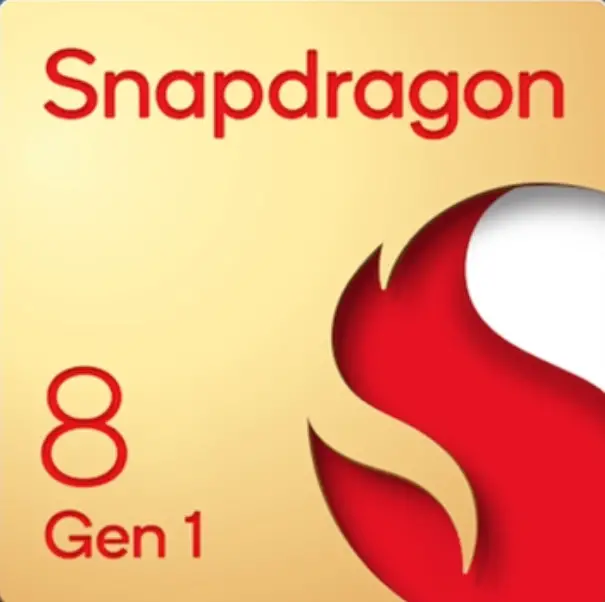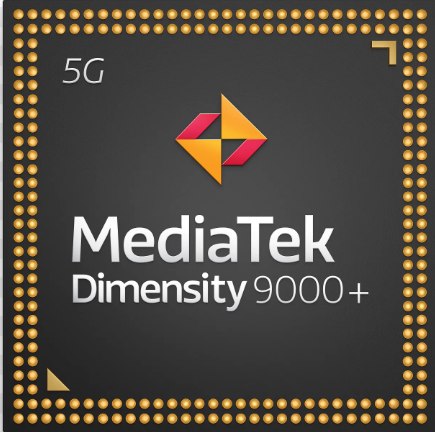Qualcomm Snapdragon 8 Gen 1 vs Mediatek Dimensity 9000 Plus
We’ve created an extensive comparison of the latest Snapdragon 8 Gen 1 vs Dimensity 9000 Plus SoCs, manufactured by Qualcomm and Mediatek respectively. We’ve assessed the strengths and weaknesses of these 8-core processors based on Geekbench, Antutu, and 3DMark results, along with a detailed look at their technical specifications.
Review
CPU Performance
Evaluation of Single-Core and
Multi-Core Processor Performance
Gaming Performance
Gaming and OpenCL/Vulkan
Performance of the Graphics Processing Unit (GPU)
Battery life
Energy Efficiency in Battery Usage
Tech Insist Score
Overall Performance Rating of the
Chip
Key Differences
Pros of Dimensity 9000 Plus
- Dimensity 9000 Plus has 6.67 % higher CPU clock speed than Snapdragon 8 Gen 1 ( 3200 vs 3000 MHz).
- Dimensity 9000 Plus has 17.19 % higher memory frequency than Snapdragon 8 Gen 1 ( 3750 vs 3200 MHz).
- Dimensity 9000 Plus has 10.60 % better AnTuTu 9 score than Snapdragon 8 Gen 1 ( 1147 K vs 1037 K).
- Dimensity 9000 Plus Support 17.19 % higher memory bandwidth than Snapdragon 8 Gen 1 ( 60 vs 51.2 GB/s).
Benchmarks
Evaluating performance through competitive testing in leading benchmarks.AnTuTu 10
| CPU | 249768 | 291317 |
| GPU | 448381 | 430867 |
| Memory | 172528 | 218270 |
| UX | 166045 | 206140 |
| Total score | 1036722 | 1146594 |
GeekBench 6
Single-Core Score
Multi-Core Score
3DMark
3DMark Wild Life Performance
| Stability | 88% | 86% |
| Graphics test | 54 FPS | 51 FPS |
| Score | 9041 | 8685 |
Specifications
Full list of technical specifications of Snapdragon 8 Gen 1 and Dimensity 9300CPU
| Architecture | 1x 3 GHz Cortex-X2,3x 2.5 GHz Cortex-A710 4x 1.8 GHz Cortex-A510 |
1x 3.2 GHz – Cortex-X2 3x 2.85 GHz – Cortex-A710 4x 1.8 GHz – Cortex-A510 |
| Cores | 8 | 8 |
| Base Frequency | 1800MHz | 1800MHz |
| Turbo Frequency | 3000MHz | 3200MHz |
| Instruction set | ARMv9-A | ARMv9-A |
| L2 cache | - | 1024 KB |
| L2 cache | 1 MB | 3.5 MB |
| L3 cache | 4 MB | 8 MB |
| Process | 4 nanometers | 4 nanometers |
| Transistor count | - | - |
| TDP (Sustained Power Limit) | - | 4 W |
Graphics
| GPU name | Adreno 730 | Mali-G710 MC10 |
| Architecture | Adreno 700 | Valhall 3 |
| GPU frequency | 800 MHz | - |
| Pipelines | 3 | 10 |
| Shading units | 768 | 512 |
| Total shaders | 1536 | 1024 |
| FLOPS | - | - |
| Vulkan version | 1.1 | 1.1 |
| OpenCL version | 2 | 2 |
| DirectX version | 12 | 12 |
AI Accelerator
| Neural processor (NPU) | Hexagon | Yes |
Memory
| Memory type | LPDDR5 | LPDDR5x |
| Memory frequency | 3200 MHz | 3750 MHz |
| Bus | - | - |
| Max bandwidth | 51.2 Gbit/s | 60 Gbit/s |
| Max size | 24 GB | 24 GB |
Multimedia (ISP)
| Storage type | UFS 3.1 | UFS 3.1 |
| Max display resolution | 3840 x 2160 | 2960 x 1440 |
| Max camera resolution | 1x 200MP, 2x 64MP | 1x 320MP, 3x 32MP |
| Video capture | 8K at 30FPS, 4K at 120FPS | 4K at 60FPS |
| Video playback | 8K at 30FPS, 4K at 120FPS | 4K at 60FPS |
| Video codecs | H.264, H.265, VP8, VP9 | H.264, H.265, AV1, VP9 |
| Audio codecs | AAC, AIFF, CAF, MP3, MP4, WAV | AAC LC, MP3, HE-AACv1, HE-AACv2, FLAC |
Connectivity
| Modem | Snapdragon X65 | - |
| 4G support | LTE Cat. 24 | LTE Cat. 24 |
| 5G support | Yes | Yes |
| Download speed 5G | Up to 10240 Mbps | Up to 7168 Mbps |
| Download speed 4G | Up to 2560 Mbps | Up to 2560 Mbps |
| Upload speed 5G | Up to 3072 Mbps | Up to 2560 Mbps |
| Upload speed 4G | Up to 316 Mbps | Up to 316 Mbps |
| Wi-Fi | 6 | 6 |
| Bluetooth | 5.2 | 5.3 |
| Navigation | GPS, GLONASS, Beidou, Galileo, QZSS, SBAS, NAVIC | GPS, GLONASS, Beidou, Galileo, QZSS, SBAS, NAVIC |
Info
| Announced | December 2021 | July 2022 |
| Class | Flagship | Flagship |
| Model number | SM8450 | - |
| Official page | Snapdragon 8 Gen 1 official site | Dimensity 9000 Plus official site |

